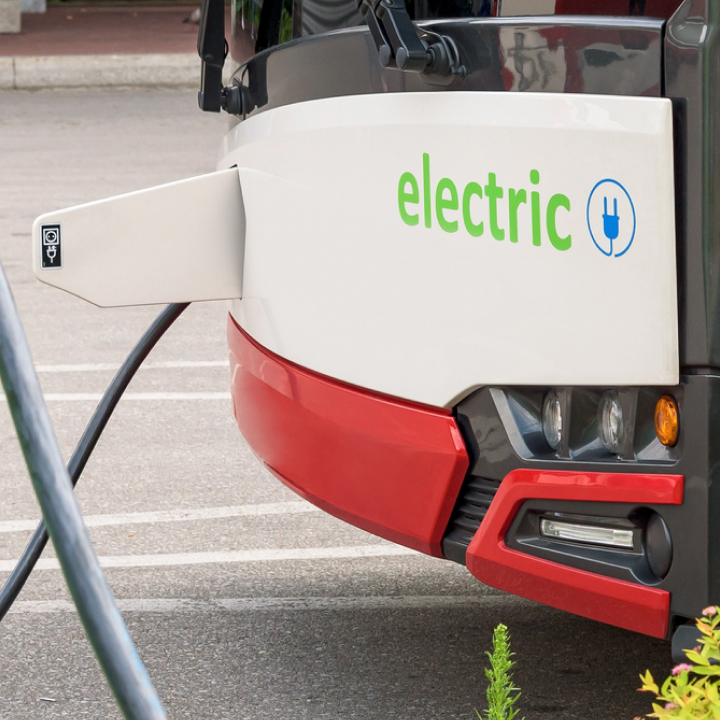Origins: between experimentation and futuristic visions
The history of electric charging stations begins in the second half of the 19th century, when the invention of the rechargeable battery opened the door to new possibilities. Early experiments with electric vehicles powered by these batteries led to the creation of real, albeit rudimentary, charging stations where vehicles could be refueled.
Among the pioneers of this visionary era we find the likes of Thomas Parker, who patented a charging system for electric carriages in 1881. This invention, while pioneering, represents only the embryo of what would become the future of electric mobility.
It was then General Electric, in 1914, that offered the first DC electric charging network. Resembling telephone booths, “Electrant” charging stations were distributed throughout the New York City area and allowed for 48V, 150-amp, lead-acid type batteries to be recharged.As for the connector used, it was similar in shape to those of today, but even then a single standard for all electric vehicles could not be achieved.
The 1970s and 1980s: between the oil crisis and new technologies
The 1970s and 1980s were a time of great change for the energy world. The oil crises of 1973 and 1979 pushed the search toward alternative energy sources, and electricity became a major player in this transition. In this context, interest in electric cars and their charging infrastructure grew dramatically.
Alongside DC columns, simpler and cheaper AC columns also began to become available. Experimentation with new charging protocols and the introduction of electronic control systems marked a significant step toward the modernization of electric columns.
The end of the 20th century: ups and downs of a technological evolution
The 20th century was marked by constant technological evolution, with ups and downs that influenced the electric-power column industry. The introduction of higher-performance batteries and increased range of electric vehicles stimulated the spread of this infrastructure, although the high price and limited availability of electric car models on the market limited their growth.
However, research and development continued unabated, leading to the realization of increasingly efficient, fast electric columns compatible with different charging standards. The emergence of international consortia and the adoption of common communication protocols fostered interoperability between different infrastructures.
The advent of the 21st century: the explosion of electric mobility
The advent of the 21st century marked a turning point for electric mobility. Efforts to combat climate change and a growing focus on environmental sustainability have prompted governments and companies to invest heavily in this sector.
Automakers have launched new models of increasingly affordable and high-performance electric cars on the market, while the network of electric plug-in stations has expanded at a dizzying pace. Connector standards are now well-established, and charging times are getting shorter thanks to the spread of fast-charge stations, such as Free To X stations.
Today, there are more than 40,000 charging stations in Italy, and the Free To X charging network is ready to let you travel electrically from north to south, on and off the highway, and fill up with energy in less than 20 minutes.
Charging technology has come a long way and a long way to go. On electric, of course!



